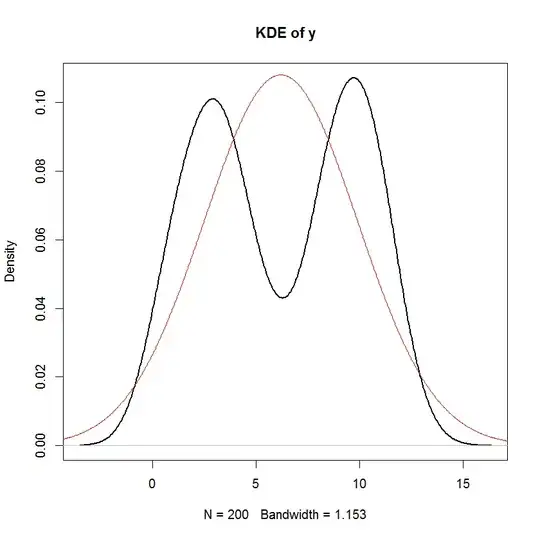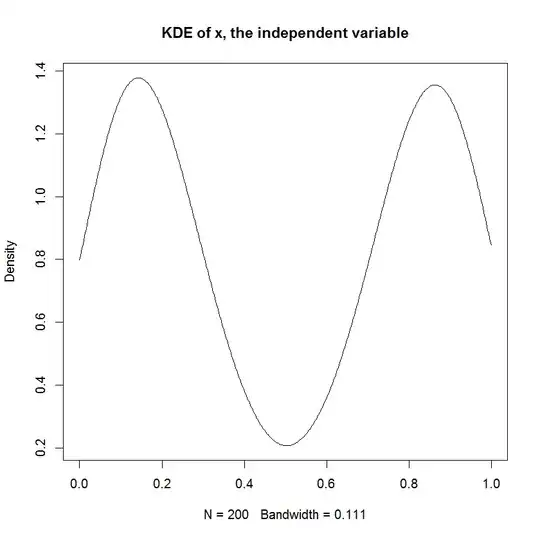Unless I'm mistaken, in a linear model, the distribution of the response is assumed to have a systematic component and a random component. The error term captures the random component. Therefore, if we assume that the error term is Normally distributed, doesn't that imply that the response is also Normally distributed? I think it does, but then statements such as the one below seem rather confusing:
And you can see clearly that the only assumption of "normality" in this model is that the residuals (or "errors" $\epsilon_i$) should be normally distributed. There is no assumption about the distribution of the predictor $x_i$ or the response variable $y_i$.
Source: Predictors, responses and residuals: What really needs to be normally distributed?


